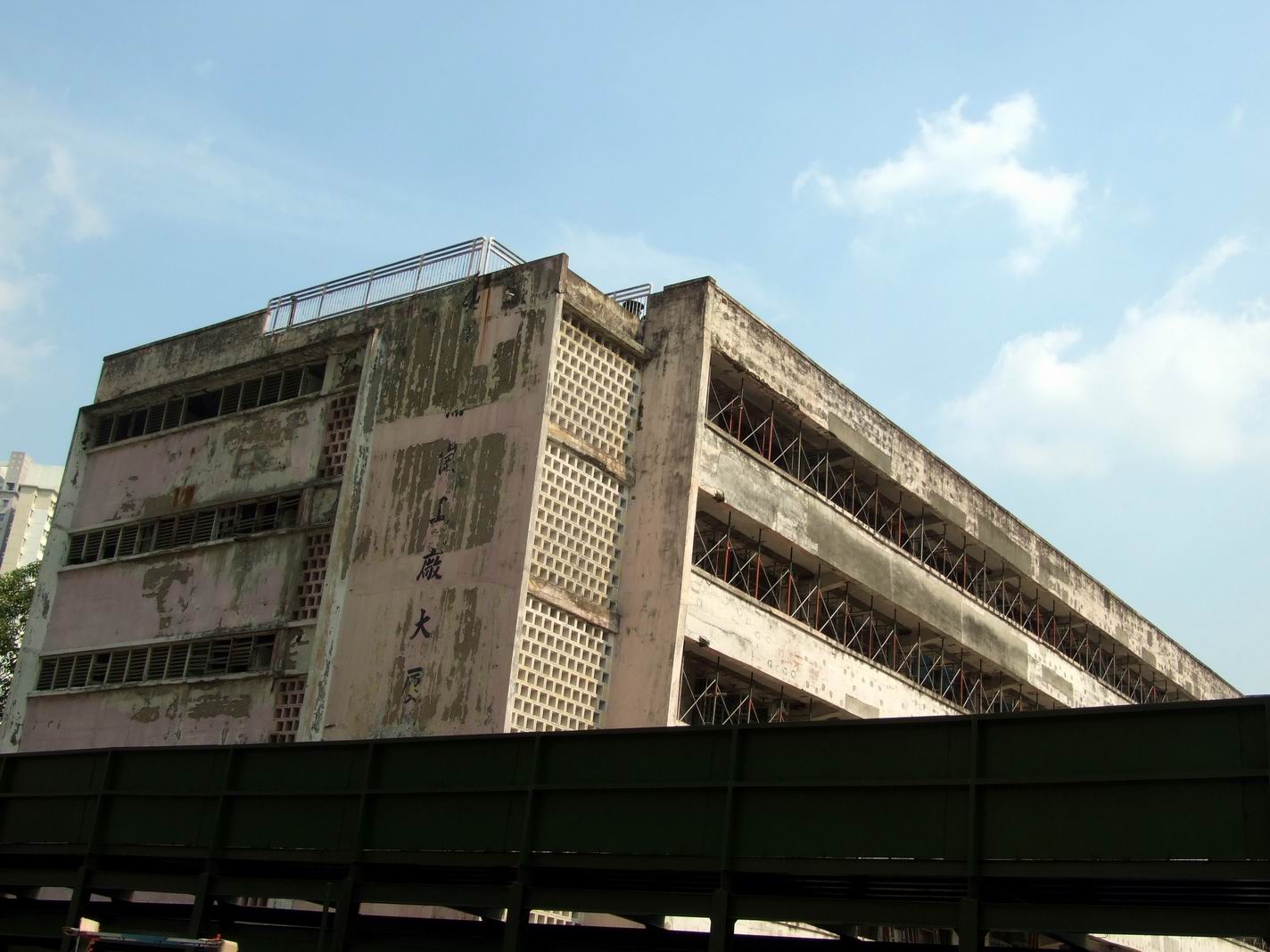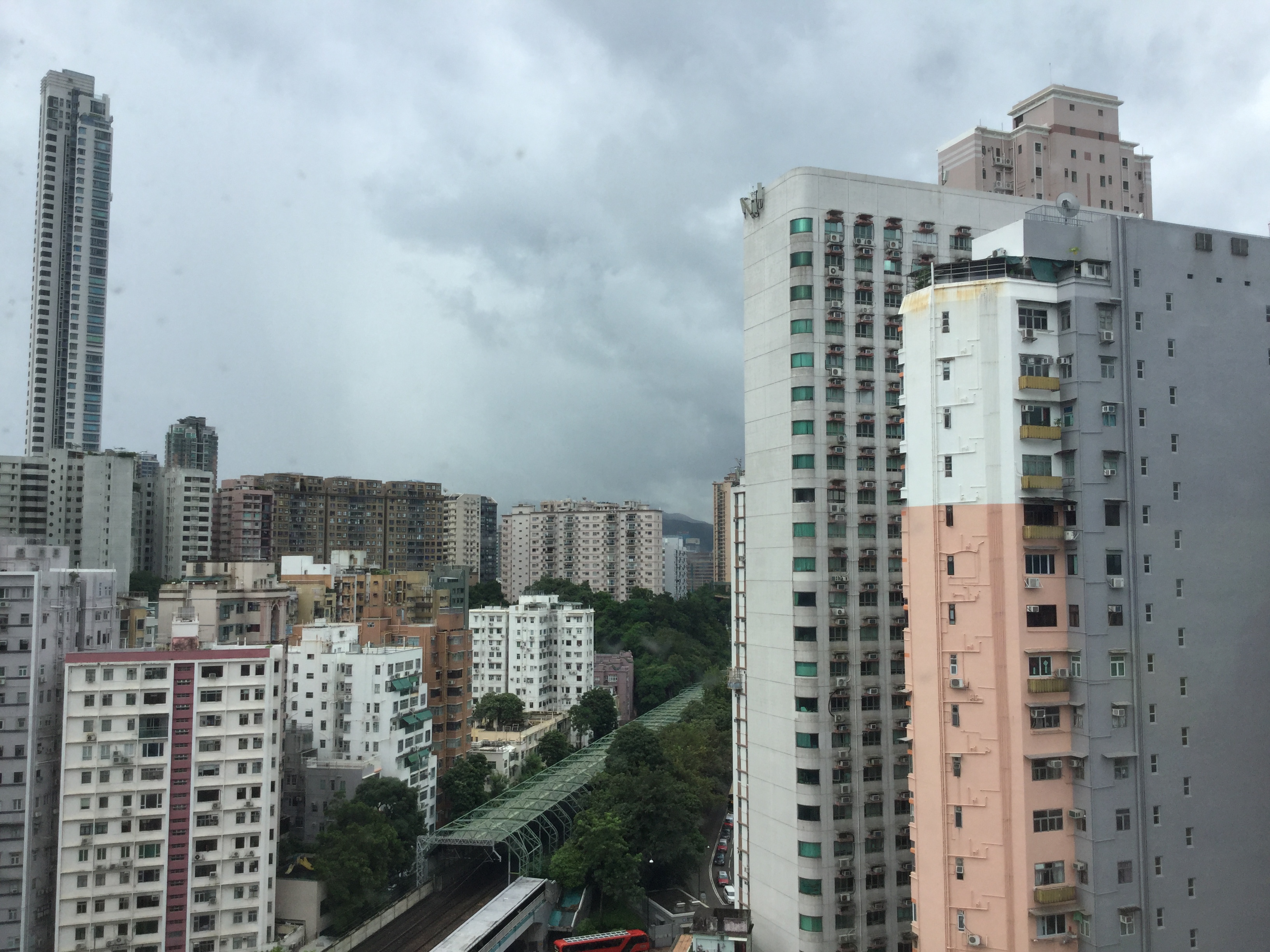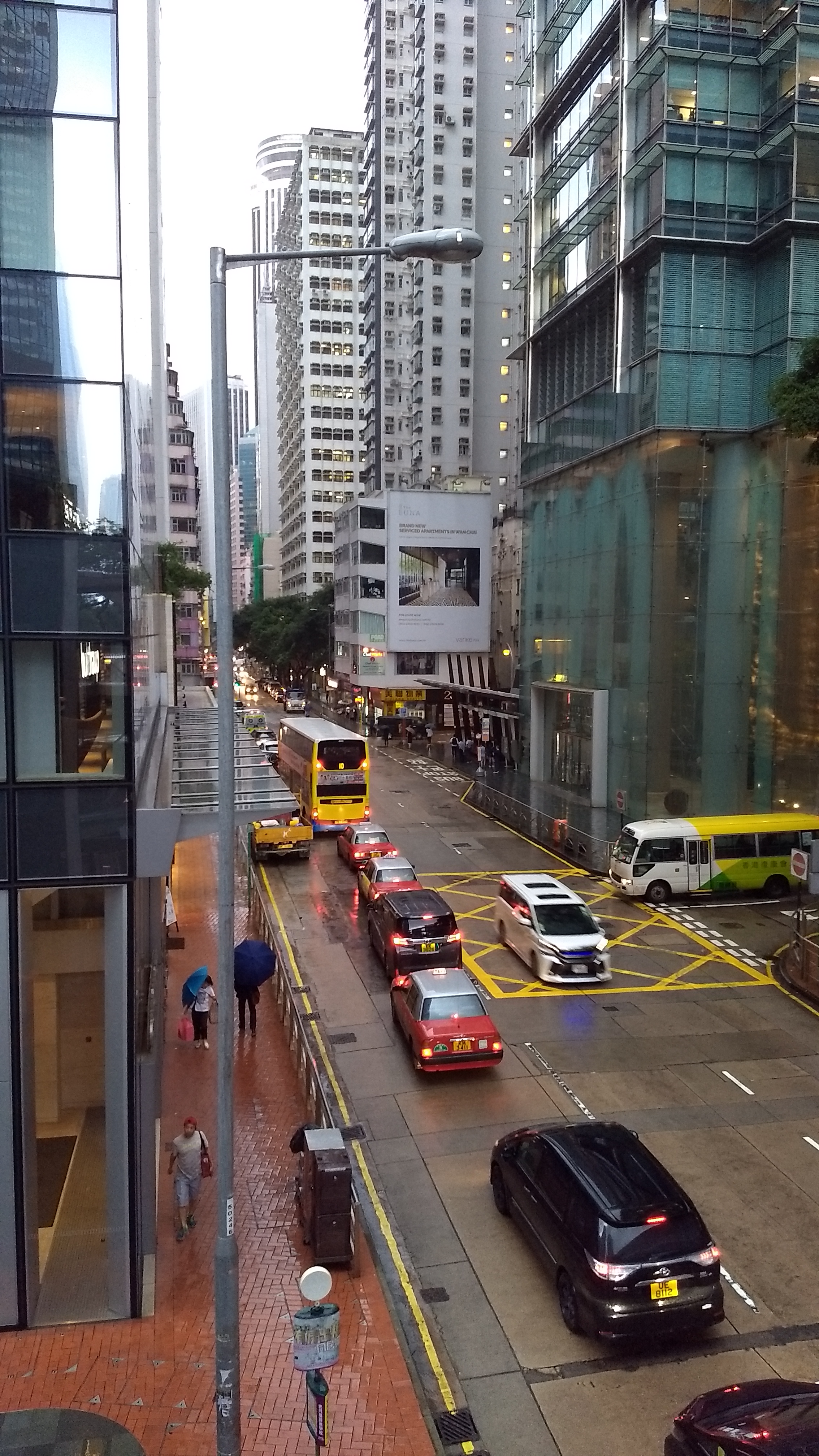|
List Of Catholic Churches In Hong Kong
This is a complete list of Catholic Churches in Hong Kong. Hong Kong Island * Cathedral of the Immaculate Conception, (Mid-Levels) *Immaculate Heart of Mary Chapel (Central) *Holy Cross Church (Shau Kei Wan) *Salesian Mass Centre (Chai Wan Road) *Tai Koo Shing Mass Centre (Taikoo Shing) *Our Lady of Lourdes Church (Pok Fu Lam) *Wah Fu Estate Mass Centre (Wah Fu Estate) * Our Lady of Mount Carmel Church (Wan Chai) *Our Lady of the Rosary Church (Kennedy Town) *Star of the Sea Church (Chai Wan) *St. Anne's Church (Stanley)stannes.hk*St. Anthony's Church (Pok Fu Lam Road) *Our Lady Seat of Wisdom Chapel (Pok Fu Lam Road) *St. Joseph's Church (Mid-Levels) *St. Jude's Church (North Point) *Quarry Bay Mass Centre (Quarry Bay) *Transfiguration Chapel (North Point) *St. Margaret Mary's Church ( Happy Valley) *Christ the King Chapel (Causeway Bay) *Rosaryhill School Chapel (Stubbs Road) *Wah Yan College Chapel (Queen's Road East) *St. Peter's Church (Aberdeen) Kowloon and New Kowloon * ... [...More Info...] [...Related Items...] OR: [Wikipedia] [Google] [Baidu] |
Roman Catholic Church
The Catholic Church, also known as the Roman Catholic Church, is the largest Christian church, with 1.3 billion baptized Catholics worldwide . It is among the world's oldest and largest international institutions, and has played a prominent role in the history and development of Western civilization. O'Collins, p. v (preface). The church consists of 24 ''sui iuris'' churches, including the Latin Church and 23 Eastern Catholic Churches, which comprise almost 3,500 dioceses and eparchies located around the world. The pope, who is the bishop of Rome, is the chief pastor of the church. The bishopric of Rome, known as the Holy See, is the central governing authority of the church. The administrative body of the Holy See, the Roman Curia, has its principal offices in Vatican City, a small enclave of the Italian city of Rome, of which the pope is head of state. The core beliefs of Catholicism are found in the Nicene Creed. The Catholic Church teaches that it is t ... [...More Info...] [...Related Items...] OR: [Wikipedia] [Google] [Baidu] |
Quarry Bay
Quarry Bay is an area beneath Mount Parker in the Eastern District of Hong Kong Island, in Hong Kong. The western portion of the area was also formerly known as Lai Chi (). Traditionally an industrial and residential area, the number of commercial buildings in this district has increased since the 1990s. Quarry Bay is bordered by Sai Wan Ho to the east, Mount Parker to the south, North Point to the west, and Victoria Harbour to the north. Administratively, it is part of Eastern District. Quarry Bay is considered as an area surrounded by to the east, Hong Shing Street and to the south, junction of King's Road and Healthy Street West to the west, and History The 1819 edition of the '' Gazetteer of Sun On County'' () did not mention today's Quarry Bay. Historians such as Anthony Kwok Kin Siu suggested Quarry Bay was a remote area before British colonial time. During Colonial Hong Kong times, the Hakka stonemasons settled in the area after the British arrival. This ... [...More Info...] [...Related Items...] OR: [Wikipedia] [Google] [Baidu] |
To Kwa Wan
To Kwa Wan () is a bay and an area of the eastern shore of Kowloon peninsula. The area is part of urban Hong Kong, and is situated between Hok Yuen, Hung Hom, Ma Tau Wai and Ma Tau Kok. Administratively, the area belongs to the Kowloon City District of Kowloon. To Kwa Wan is a mixed residential and commercial area, located to the west of the old Kai Tak Airport. It comprises mostly mid-20th century residential and light industrial architecture of 10 or fewer floors, built to comply with height restrictions for the former Kai Tak Airport. Since the airport closed in 1998, new buildings are taller, often with commercial space on the ground floor, especially along major roads such a Ma Tau Wai Road. Consequently, the area has a much-valued cohesive community spirit. To Kwa Wan station services this area. History The name 'To Kwa Wan' literally means 'Potato Bay', named for the sweet potatoes formerly grown here by local Hakka people. From the 19th century, a nearby ... [...More Info...] [...Related Items...] OR: [Wikipedia] [Google] [Baidu] |
Wong Tai Sin, Hong Kong
Wong Tai Sin is an area in Wong Tai Sin District, New Kowloon, Hong Kong. The area was named after the Wong Tai Sin Temple. The area was previously known as Chuk Yuen or Chuk Un, prior to the intake of two Wong Tai Sin Estates. The populace of the estates, the prosperity of Wong Tai Sin Temple and the completion of Wong Tai Sin MTR station gradually eclipses its former name. Location Wong Tai Sin is surrounded by northeast Tsz Wan Shan, east Diamond Hill, south San Po Kong, south west Tung Tau and west Wang Tau Hom. Lion Rock is located north west of Wong Tai Sin. History For history before the completion Wong Tai Sin Estates in 1960s, see Chuk Yuen. Features Public housing estates in the area include Upper Wong Tai Sin Estate, Lower Wong Tai Sin Estate, Chuk Yuen North Estate and Chuk Yuen South Estate. Fung Wong San Tsuen is also considered part of Wong Tai Sin. Two shopping centres, Temple Mall North (previously: Lung Cheung Mall) and Temple Mall South (previously ... [...More Info...] [...Related Items...] OR: [Wikipedia] [Google] [Baidu] |
San Po Kong
San Po Kong () is an area in New Kowloon in Hong Kong. It is largely industrial and partly residential. Administratively, it belongs to Wong Tai Sin District. Location San Po Kong is located south of Wong Tai Sin and Diamond Hill, north of the former Kai Tak International Airport and west of Ngau Chai Wan. The area is bounded by Choi Hung Road and Prince Edward Road East. History Village San Po Kong was a new village replacing the old Po Kong Village that was destroyed by the Japanese in 1943. The original village consisted of terraced housing and a small forested area along a hill. The hill was partially levelled by the Japanese during the extension of the runway at Kai Tak during World War II. Today the old village hill is now site of the Choi Hung Road Playground. Reminders of the old village lives on with street names and a park (Po Kong Village Road, Po Kong Village Road Park). The current San Po Kong is a post-War residential scheme with mostly public housing block ... [...More Info...] [...Related Items...] OR: [Wikipedia] [Google] [Baidu] |
Ho Man Tin
Ho Man Tin is a mostly residential area in Kowloon, Hong Kong, part of the Kowloon City District. History Section of lists of villages in the book ' (literally ''The History of Xin'an County'') published in twenty fourth year of Jiaqing era (A.D. 1819) did not have any record of Ho Man Tin. The original Ho Man Tin was quite different from today's Ho Man Tin. It was located in the heart of nowaday Mong Kok. With cultivated lands, it was surrounded in the north by Argyle Street, west by Coronation Road (present-day Nathan Road), and east by Quarry Hill, No. 12 Hill and Tai Shek Kwu (present-day Kadoorie Hill). Southeast from its original location is Fo Pang and to the south Mong Kok. Streams from those hills in the east offered water for cultivation, the latter reflected in the area's name last Chinese character, i.e. ''tin'', , which means field. The "Ho" () and "Man" () part of the name are both Chinese surnames; so Ho Man Tin represents the agricultural land owned by ... [...More Info...] [...Related Items...] OR: [Wikipedia] [Google] [Baidu] |
Ma Tau Wai
Ma Tau Wai (, originally , historically ) is an area in the Kowloon City District, Kowloon, Hong Kong. It was originally a walled village (Cantonese: ''Wai'') between present-day Argyle Street and Prince Edward Road West, east of present-day St. Teresa's Hospital. The area of Ma Tau Wai is not as well-defined as the original village, as the geographic features have been lost. The public housing estate Ma Tau Wai Estate is named after the area / the original village. Other landmark of the areas Hong Kong's Notre Dame College is in Ma Tau Wai. New Asia College, one of three founding colleges of the Chinese University of Hong Kong, was located near Tin Kwong Road (天光道) and Farm Road. After the college moved to Ma Liu Shui, Sha Tin, New Asia Middle School was founded at the former campus. See also * Ma Tau Chung *Ma Tau Kok Ma Tau Kok Road Old apartments Ma Tau Kok () is a place north of To Kwa Wan, south-east of modern-day Ma Tau Chung and south-west of the ... [...More Info...] [...Related Items...] OR: [Wikipedia] [Google] [Baidu] |
Choi Wan Estate
Choi Wan Estate () is a public housing estate in Ngau Chi Wan, Wong Tai Sin District, Kowloon, Hong Kong, located between Ngau Chi Wan Village and Jordan Valley and the foot of Fei Ngo Shan. The estate is divided into Choi Wan (I) Estate () and Choi Wan (II) Estate (), and has a total of 21 blocks. It is one of the largest public housing estates in Wong Tai Sin District. Background Choi Wan Estate was the site of Ngau Chi Wan Village. Its name Choi Wan fits its geographical position because "Wan" (i.e. Choi Wan Estate, "Wan" means cloud in Cantonese) is above "Hung" (i.e. Choi Hung Estate, "Hung" means rainbow in Cantonese). The estate started construction in 1976 and finished in 1979. Choi Wan Estate is one of the few public housing estates in Hong Kong which blocks are not named with character in the estate name (i.e. "Choi" or "Wan"). Instead, the blocks are named based on the Chinese astronomical matters, for instance, Ngan Ho House (, ''lit.'' galaxy house) and Koon Yat ... [...More Info...] [...Related Items...] OR: [Wikipedia] [Google] [Baidu] |
Choi Hung Estate
Choi Hung Estate () is a public housing estate in Ngau Chi Wan, Kowloon, Hong Kong. It was built by the former Hong Kong Housing Authority () and is now managed by the current Hong Kong Housing Authority (). It received a Silver Medal at the 1965 Hong Kong Institute of Architects Annual Awards. Location Choi Hung Estate is located in Ngau Chi Wan and is surrounded by several of eastern Kowloon Peninsula's major roads. To the north is Lung Cheung Road; to the south Prince Edward Road East; to the west Kwun Tong Bypass and to the east Clear Water Bay Road. History The Hong Kong government granted the land to the Hong Kong Housing Authority to build a large housing estate in 1958. The blocks of the estate were completed between 1962 and 1964. An opening ceremony was held in 1963 with the presence of then Hong Kong Governor, Sir Robert Brown Black. A signboard commemorating the ceremony is located in the estate's Lam Chung Avenue. Accommodating nearly 43,000 people, it was the ... [...More Info...] [...Related Items...] OR: [Wikipedia] [Google] [Baidu] |
Ngau Tau Kok
Ngau Tau Kok is an area of eastern Kowloon in Hong Kong, in the north of Kwun Tong District east to Kowloon Bay. Largely residential, Ngau Tau Kok has a population in excess of 210,000. Geography In Chinese, Ngau Tau Kok means ''ox horn'' or ''ox head cape'': before the reclamation of Kowloon Bay, the coastline of Ngau Tau Kok was shaped like the horn of an ox. Ngau Tau Kok includes two hills - Jordan Valley (Shum Wan Shan) and Crocodile Hill (Ngok Yue Shan), where around half of the residential blocks are located. Crocodile Hill is a relatively quiet residential area encircled by Kung Lok Road. This road is mainly lined with residential blocks and is home to two parks, the similarly-named Kung Lok Road Playground and the Kung Lok Road Children's Playground (about 100 metres apart). The former comprises a cycling area and is linked to the Lok Wah Playground. The latter houses a garden and a children's playground. The two parks were completed by the Urban Council in 1988. ... [...More Info...] [...Related Items...] OR: [Wikipedia] [Google] [Baidu] |
Aberdeen, Hong Kong
Aberdeen () is an area on southwest Hong Kong Island in Hong Kong. Administratively, it is part of the Southern District, Hong Kong, Southern District. While the name "Aberdeen" could be taken in a broad sense to encompass the areas of Aberdeen (town), Wong Chuk Hang, Ap Lei Chau, Tin Wan, Wah Kwai Estate and Wah Fu Estate, it is more often used to refer to the town only. According to the population census conducted in 2011, the total population of the Aberdeen area is approximately 80,000. Aberdeen is famous not only to tourists but also to Hong Kong locals for its Aberdeen floating village, floating village and floating seafood restaurants located in the Aberdeen Harbour. The Tanka people, who used to live on boats in the Aberdeen Harbour, are generally associated with the fishing industry, and there are still several dozens of them living on boats in the harbour. Etymology This town is named in memory of George Hamilton-Gordon, 4th Earl of Aberdeen, former Prime Minister of ... [...More Info...] [...Related Items...] OR: [Wikipedia] [Google] [Baidu] |
Queen's Road East
Queen's Road East is a street in Wan Chai, in the north of Hong Kong Island, Hong Kong, connecting Admiralty in the west to Happy Valley in the east. Queen's Road East is one of the four sections of Queen's Road, and historically included Queensway. Location Queen's Road East forks to the south from Queensway near Justice Drive, where Queensway turns into Hennessy Road. It runs along the old northern shoreline of Hong Kong Island. Antiquities and Monuments OfficeBrief Information on Proposed Grade 3 Items. Item #826 It ends in the east at Wong Nai Chung Road in Happy Valley. History The settlement of Wan Chai began in pre-British times as a small Chinese community around the present Hung Shing Temple on Queen's Road East. The temple was probably built in 1847 and may have existed previously as a shrine. intersection with Queensway and junction with Justice Drive () * (N) Sincere Insurance Building ( (Nos. 6–10). First building on the northern side of the str ... [...More Info...] [...Related Items...] OR: [Wikipedia] [Google] [Baidu] |
.jpg)









